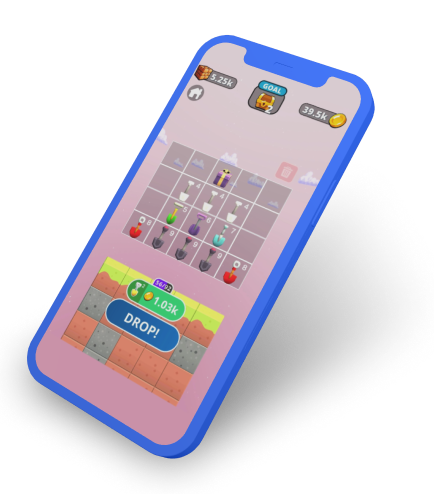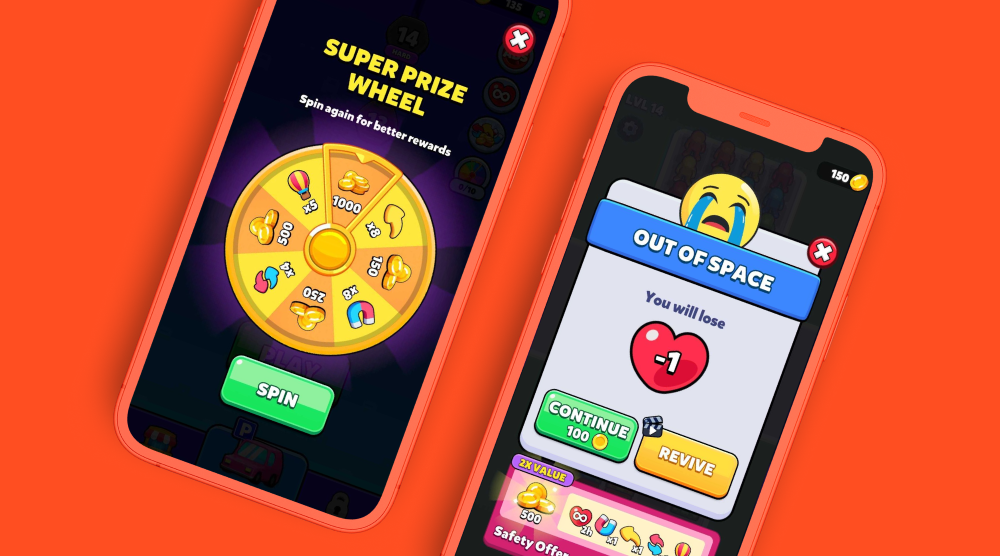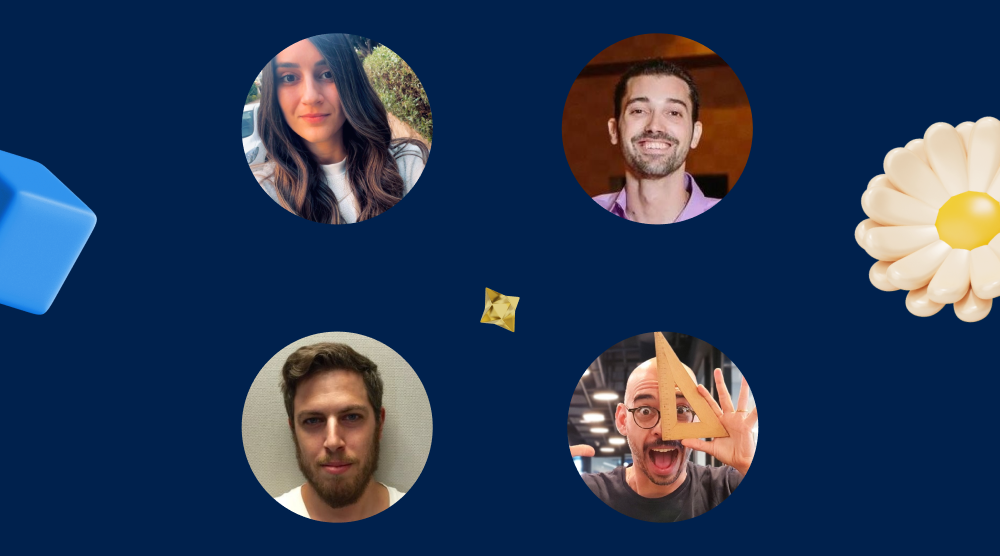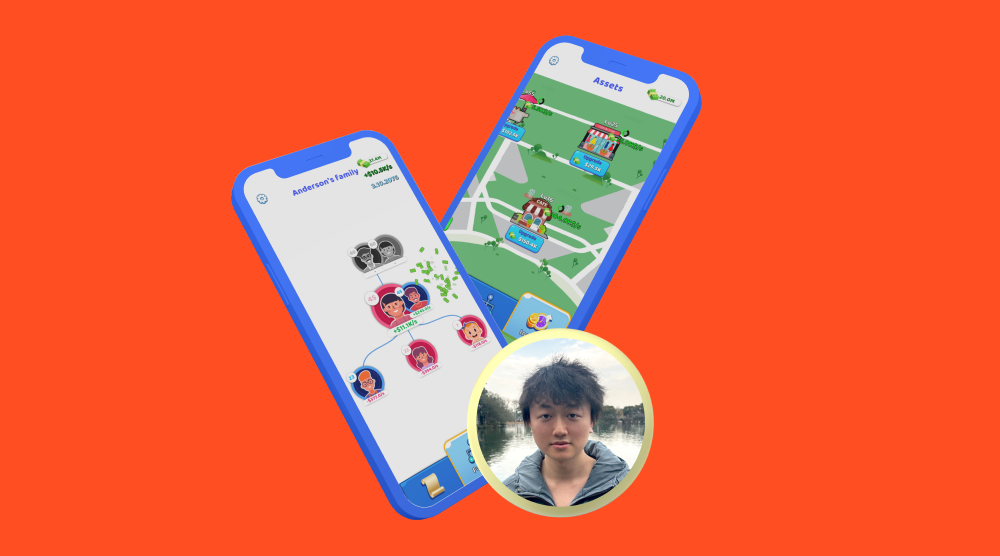Merge Miners is a recent title from Top Chop Games, an independent studio based in Adelaide, Australia. While their portfolio includes classic hyper-casual hits like Sky Roller, the team is also interested in more complex and deeper hyper-casual games with higher later-day metrics. With Merge Miners, they’ve succeeded in publishing a profitable title that keeps the addicting, marketable side of hyper-casual and introduces a deeper economy and more complex balance. As a result, the game had impressive later-day metrics and a high LTV - and it continues to earn significant profit.
Here, Eduardo Cardenas-Cruz, Founder of Top Chop Games, discusses their experience building this type of deeper hyper-casual game with Supersonic and making the most out of the monetization opportunities.
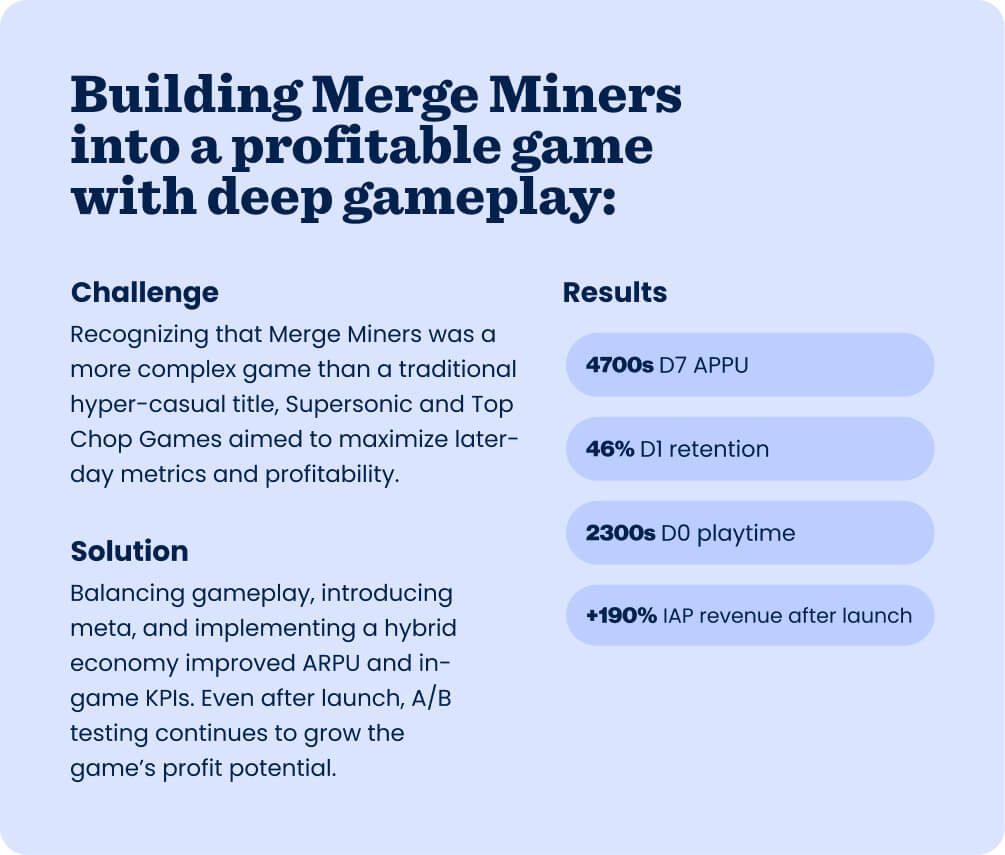
Taking advantage of an addicting merge mechanic
There aren’t many examples of hit hyper-casual merge games - they’re usually casual games. But I love playing merge games and find them very addictive, so I thought about applying this mechanic to an engaging hyper-casual game that’s easy to understand for all users.
We built out a prototype that was highly polished and more complex than a traditional hyper-casual game. Testing it with Supersonic, the concept showed promise from the start: D1 retention was 37% and D0 playtime was 3000s.

These in-game metrics were confirmation that the mechanic was as engaging as we thought and our progression kept users playing. CPI was still pretty high, though, so the Supersonic creative team gave feedback and helped us design new videos - their suggestions included using a zoomed-out camera angle and new colors. Together, we found a winning creative that lowered CPI to $0.44.
Then we started building out the game and focusing on perfecting the balance and improving later-day metrics.
It’s a balancing act
The thing about more complex games like this is that there are so many directions you can take it and options for building it out. When growing traditional hyper-casual games, the focus at this stage is only on the gameplay - build more levels and improve in-game metrics, then introduce ads.
But with Merge Miners, we were laying the groundwork for meta from the start and thinking about a hybrid economy while simultaneously improving the gameplay. We needed to balance building out the game towards later-day metrics and keeping monetization in mind, all at once.
“We needed to balance building out the game towards later-day metrics and keeping monetization in mind, all at once.”
- Eduardo Cardenas-Cruz, Founder of Top Chop Games
I learned a lot about in-game balancing at this stage - making sure the game is just difficult enough to keep users engaged without frustrating them. Since we were focused on optimizing towards D7 and beyond, getting this balance right was crucial for retaining users into the longer-term. With Supersonic’s support and specific feedback, we grew the game and made tweaks to progression that impacted later-day KPIs. For example, we added new types of tools for players to use and more styles of gifts/collectibles that provided rewards at later stages of the game.
All of these optimizations helped encourage users to play for longer. Now it was time to begin building out our monetization strategy and optimizing ARPU.
Maximizing ARPU with a hybrid economy
Early on, we recognized this game had the depth to support in-app purchases (IAPs) along with ads. So together with Supersonic, we built a hybrid economy, introduced a second currency, and began A/B testing to improve metrics like ARPU and LTV.
One of these A/B tests was around our interstitial ad strategy. Initially, we showed an interstitial ad every 20 seconds. But Supersonic suggested we test the timing based on one of their successful, more complex hyper-casual hits - My Mini Mart. So we tried a version where we showed an interstitial ad every 90 seconds until users passed a certain level. The longer they played, the shorter the time between ads - by level 30, they were seeing an ad every 30 seconds. This test alone led to a D7 ARPU increase of 25%.

As we continued optimizing our monetization strategy, the Supersonic creative team was testing new ads to lower CPI and help the game scale profitably. For one of these, they tested a version featuring a Minecraft-like art style that unlocked a supply source of games like Minecraft. Having an entirely new set of games to show our ads in allowed us to reach new users and boost scale.
By the time we got to global launch, we had improved the game from all sides: creative, in-game, and monetization. On iOS in the US, Merge Miners achieved the following results:
- 2300s Playtime
- 4700s D7 APPU
- D1 retention = 46%
- D7 retention = 9%
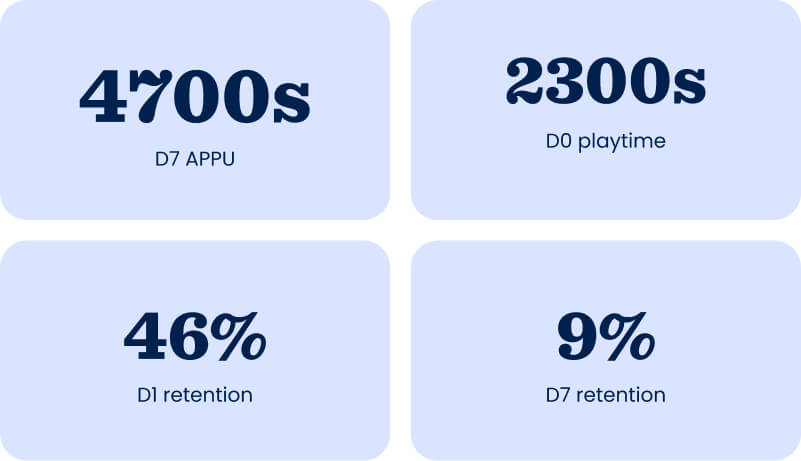
But the optimizations didn’t stop at launch.
Scaling profit after launch
Together with Supersonic, we continued A/B testing and improving our game after global launch - particular on the monetization side. For example, we A/B tested dynamic difficulty that made gameplay more challenging after level 15 for engaged users (those that watch rewarded videos and/or purchased IAPs). These users usually unlock features that make gameplay easier - to make sure they don’t breeze through the game and still feel challenged, dynamic difficulty increases the challenge. And it proved to be a success: The test led to an 8% ARPU uplift on Android.
We also worked on the IAP strategy and focused on growing its share of voice. One of the ways we did this was to introduce limited holiday offers for Christmas and Chinese New Year.
With the Supersonic team’s help, we grew IAP total revenue by 190% since launch and its share of voice on iOS by 122%.
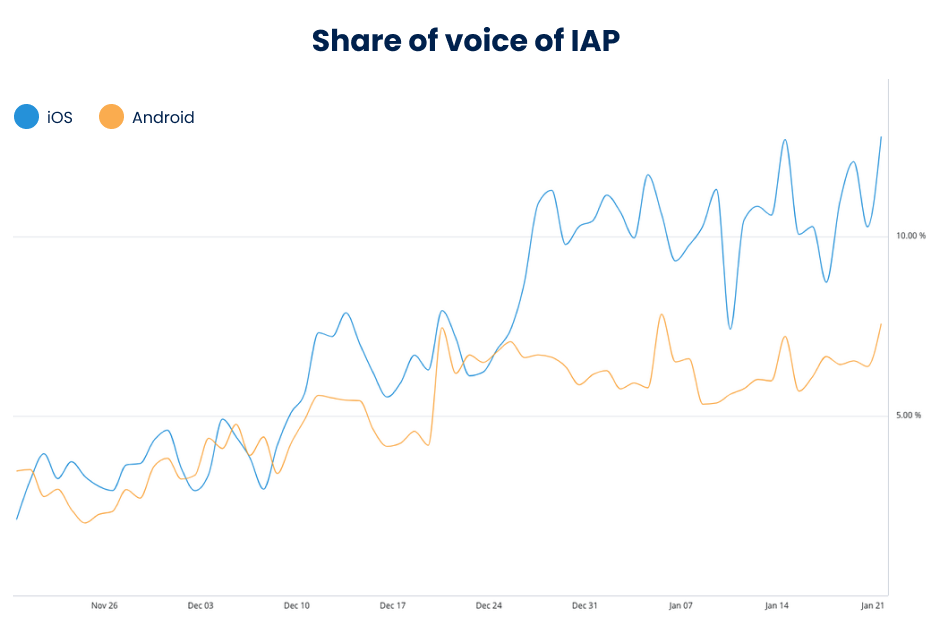
For the tests we ran both before launch and after, I used the Supersonic dashboard to track the results. At any point, I could log in and get full transparency into the impact of the tests we ran and see what worked.
"I used the Supersonic dashboard to track results and get full transparency into the impact of the tests we ran and see what worked."
- Eduardo Cardenas-Cruz, Founder of Top Chop Games
Plus, the Supersonic team shared their insights frequently and helped build my knowledge base. This transparency and support extended to all parts of the publishing process, which was especially useful building a game like this that required a heavier time and resource load.
Partnering with the Supersonic team has been a collaborative and enjoyable experience. They provided help, feedback, and insights at every stage - and now I feel like they’re an extension of my team. Through this process, Supersonic has helped me become a more confident developer with a greater set of tools and knowledge at my disposal.
Let's put these tips to good use
Publish your game with Supersonic

